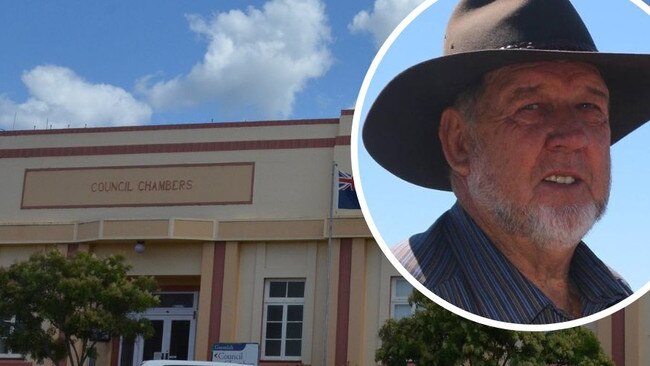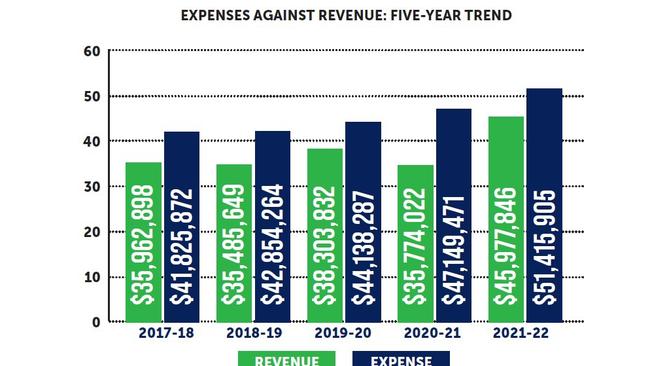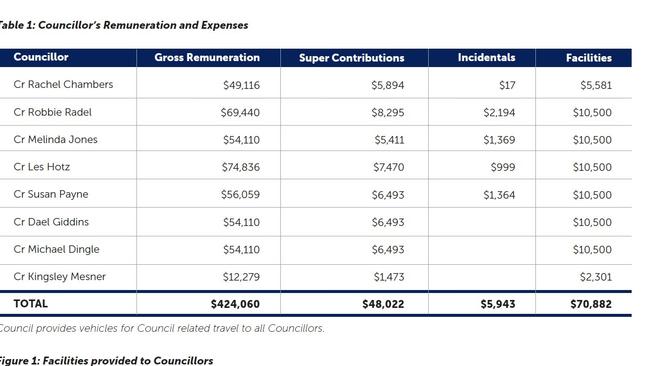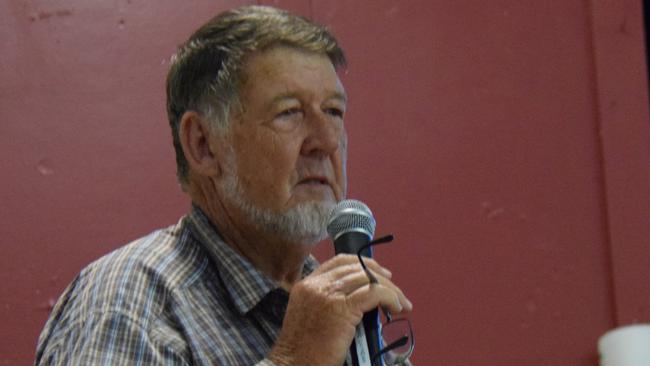North Burnett Council annual report reveals wage bill, $5.4m loss
The North Burnett Regional Council’s long term financial sustainability remains under a cloud, with its ledger dropping into the red for the eighth time in 10 years.

Gympie
Don't miss out on the headlines from Gympie. Followed categories will be added to My News.
North Burnett Mayor Les Hotz is “confident” his council’s plan to slowly staunch the financial bleeding will stave off administrators as the organisation reports its fifth multimillion-dollar operating loss in a row.
The council’s newly released 2021-22 Annual Report reveals it spent $5.4million more than it raised across the last financial year, its smallest deficit in five years.
The deficit adds to ongoing concerns about the council’s long term financial health, with fears previously raised that it would run out of money by 2025.
The state’s own financial watchdog, the Queensland Audit Office, has flagged problems with the financial health of the council, rating it a “higher” risk of long term unsustainability in its statewide 2020-21 audit of councils.
The QAO report says the council recorded an average operating surplus ratio of -15.39 per cent across the five years from 2017-2022.

Councils are recommended to have ratios between 0-10 per cent.
The council’s annual reports show in the past five years it has run deficits of $5.86m in 2017-18, $7.3m in 2018-19, $5.8m in 2019-20, and $11.3m in 2020-21.
It has not recorded a surplus since 2016-17, and had only two in the past decade (the other occurring in 2012-13).
The report show $18.46m of the council’s $44.05m revenue in 201-22 came from rates and charges, only $189,000 more than in 2020-21.

The biggest increase in the council’s revenue streams came from grants and subsidies, which rose from $10.9m in 2020-21 to $16.85m in 2021-22.
Sales revenue was more than $4m higher in the year too, with $7.1m brought in.
Farmers fear threat to water supply from hydro project
In the expense column of the council’s books, employee benefits dropped from $15.9m in 2020-21 to $14.47m, while the cost of materials and services jumped from $15.55m to $21.63m.
This helped push the final cost of running the council for the year to more than $51m.
The number of full-time employees slipped from 192 to 176, with 17 less positions reported among the council’s outdoor and depot staff.
Councillors received a total of $424,060 in gross remuneration for the year, along with $48,022 in superannuation payments.
Mayor Les Hotz’s pay packet was the highest at $74,836, while most councillors received remuneration of $54,110.
Councillor pay rates are set by the state government’s Local Government Remuneration Commission.

As a category one council, North Burnett’s councillors’ pay rates are about 60 per cent of what representatives in the neighbouring Fraser Coast and Bundaberg regions receive.
Three senior staff were reported on the council’s books, with one paid within the $300,000-$400,000 pay band, and the others sitting in the $200,00-$300,000 bracket.
Ranked: Wide Bay and Burnett’s best, worst rated aged care homes
Mr Hotz said decisions around replacing councillors with an administrator were for the state government to make but “councillors are confident that the positive measures undertaken … in recent years to address budget issues are supported by the state government and the Queensland Treasury Corporation”.
“Noting that the budget is not finalised at this point, the draft long term financial plan has council reducing the operating deficit steadily year on year returning to a neutral operating result in outer years,” Mr Hotz said.
Those challenges were caused by “the fifth largest road network in Queensland, a relatively low population and rate payer base, and multiple towns and villages”, Mr Hotz said.
“North Burnett delivers services in a challenging environment.”





